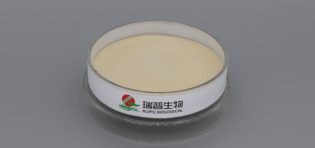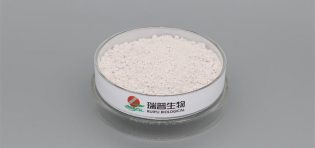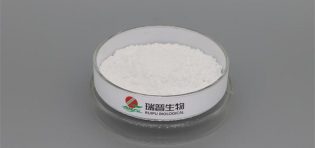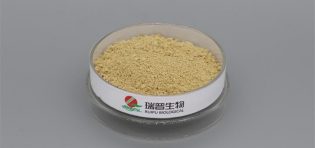
Magnesium oxide food grade finds extensive applications in the food industry. It serves as a flavor enhancer when added to condiments such as soy sauce, vinegar, and monosodium glutamate, enhancing the taste and palatability of food products.
In baked goods like cakes, bread, and cookies, magnesium oxide food grade acts as a leavening agent, aiding in the expansion of food items and improving their texture. Its reaction with acidic substances generates carbon dioxide, increasing the volume of baked goods and enhancing their texture and mouthfeel.
In the beverage industry, magnesium oxide food grade functions as a stabilizer and clarifying agent. For instance, adding an appropriate amount of magnesium oxide to beverages like beer and wine prevents the formation of precipitates, maintaining beverage clarity. Additionally, it serves as an acidity regulator, ensuring product taste harmony.
In dairy production, magnesium oxide food grade is used to adjust the pH of milk emulsions, thereby increasing product stability. Moreover, it enhances product taste and nutritional value.
In confectionery, magnesium oxide food grade improves the texture and quality of candies and serves as a synergistic sweetener enhancer, reducing product calories.
Besides the mentioned applications, magnesium oxide food grade is also utilized in meat products, pickles, and canned foods to enhance product quality and taste.
The safety of magnesium oxide food grade is recognized worldwide. Organizations such as the Codex Alimentarius Commission and the US Food and Drug Administration (FDA) specify the permissible uses and limits of magnesium oxide in food. In China, magnesium oxide is listed in the National Food Safety Standards for Food Additive Use, with clear regulations on its scope and limits.
While magnesium oxide food grade enjoys widespread safety recognition, excessive usage may still pose adverse health effects. Hence, strict control of dosage is necessary during its application.








